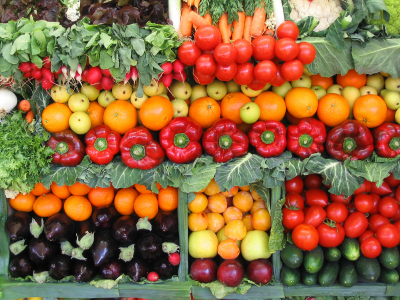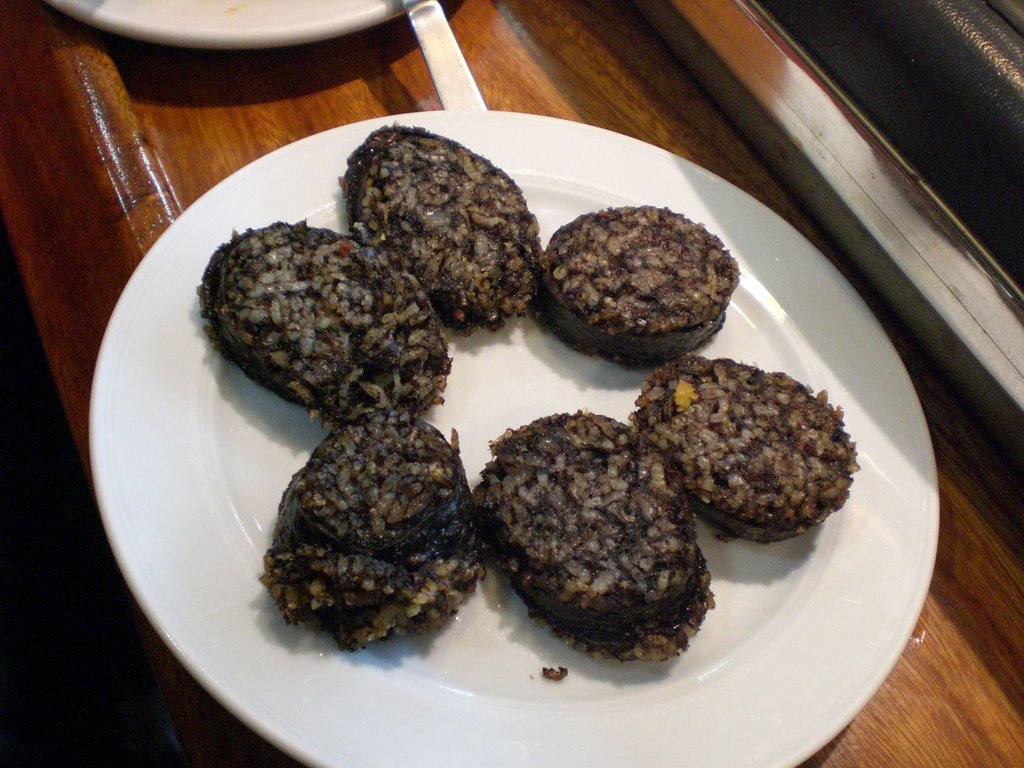It's that time of year already, back to paperwork!
After receiving my new Carta Nombramiento for this coming school year, and yes staying in my same school, I thought I would try take a few (baby) steps on the paper trail. Per usual, extremely overwhelming.
As my anxiety started to set in on how I would possibly be able to get all of it done in the month before I go back to the USA for a visit, I had to take a step back and organize myself. Leading me to this current post, as I assume I'm not the only one grasping at straws right now. Prepare to be informed and simultaneously bored, after all Spain can't always be exciting.
| Representation of my current emotions, but not as pretty...or fun |
First off, make sure to use ANY resource available: If you're part of the main Madrid auxiliares FB group, look up in the documents section the document "RENEWING NIE in Madrid." If not, just use this document from the Madrid auxiliares' website: Renovación de la tarjeta TIE, which was just updated today.
The documents that you will need are:
1. Impreso de solicitud en modelo oficial (“Solicitud de autorización de estancia y prórrogas-EX – 00) make sure it's completed and signed, and that you have two copies. I used this link
2. Copy of ALL pages of your passport, plus bring your actual passport with you.
3. Old carta de nombramiento from the 2013-2014 school year
4. New carta de nombramiento from the 2014-2015 school year
5. Certificado de aprovechamiento from the 2013-2014 school year (Ask the director of your school!)
6. Photocopy of the student TIE that you want to renew (front and back of card)
7. Receipt of tasas de prórroga: Modelo 790 / Código 052 costing 16,81 euros Download, complete, and print here, make sure to mark the box for: 1.3 "Prórroga de la autorización de estancia por estudios, movilidad de alumnos, prácticas no laborales o servicios de voluntariado (titular principal y sus familiares)"
*Make sure you select the right province: Madrid- código de provincia 28)
*No need to photocopy, it will print out the three copies of the tasa to bring to the bank
 |
| source |
Applying for the renewal:
You must go in person to the Oficina de Extranjería at C/ Garcia de Paredes, 65 (Metro:
Gregorio Marañón – Line 10, 9am to 2pm, Telephone: 91 272 91 71 – 92 88) either within the 60 days before your card expires OR within the 90 days after your card expires. According the auxiliares document (linked above) if you later need to present another document, or something has changed you can drop off the document at the registro público auxiliar de la calle Manuel Luna, 29.
According to the FB group, you follow the sign that says “Registro”unless you have questions and need to go to information. Once you have turned in all of your paperwork you will be given back the stamped copy of your EX00 and Tasa 052 receipt (which you willl need these for your second appointment and to apply for an autorización de regreso if you plan on traveling outside of Spain while your NIE is expired). Make sure the address on your EX00 is correct because this is where information will be sent to you.
While I'm not sure of any specific time frame as I'm in the process myself, the documents from the ministry claims that within two months you should receive a letter in the mail telling you if your renewal was accepted or not. If accepted, the letter should have a date of when you're supposed to go to Aluche and what documents you need to bring with you. And after that approximately another month or so until the physical TIE should be ready.
 |
| source, Don't let this be you! |
I'm in the initial stages of the renewal and have collected almost all of the paperwork, except the certificado de aprovechamiento from my school. If you're still waiting for your carta, I highly suggest starting to gather all of the documents you'll need. Most of them felt much easier to gather than from the initial TIE appointment! Not to mention it will help you start to prepare if you are going home for part of the summer and need an autorización de regreso like I do.
[Update 7/18: Checked the status of my renewal to see that the result is: favorable, meaning that so far in the process my renewal has been accepted. Pretty good considering it hasn't even been a full month since I turned in my papers. Now just waiting to see when I get the official letter in the mail to get my fingerprints done!
Update 8/18: About three weeks into the process my favorable letter still never came, so figuring it was either A) lost in the mail or B) sent to my old apartment I decided to make the appointment myself without the letter. To make an appointment for your huellas (fingerprints) in Madrid go to the extranjería website, select Madrid and EXPEDICIÓN DE TARJETA DE EXTRANJERO (HUELLAS), then follow through and put in your information.
Update 8/18: About three weeks into the process my favorable letter still never came, so figuring it was either A) lost in the mail or B) sent to my old apartment I decided to make the appointment myself without the letter. To make an appointment for your huellas (fingerprints) in Madrid go to the extranjería website, select Madrid and EXPEDICIÓN DE TARJETA DE EXTRANJERO (HUELLAS), then follow through and put in your information.
1. Once you have your cita, print the justificante form.
2. Print out your "favorable" status
3. Pick up the Tasa Modelo 790, Codigo 012 form at any national police station or foreigner's office (This cannot be downloaded, I went to the foreigner's office on Calle Silva near Callao) and make sure to mark box "4.2 Tarjeta que documenta la renovación o prórroga de la autorización de residencia temporal, la prórroga de la estancia o de trabajadores transfronterizos" pay €18,56 at a bank
2. Print out your "favorable" status
3. Pick up the Tasa Modelo 790, Codigo 012 form at any national police station or foreigner's office (This cannot be downloaded, I went to the foreigner's office on Calle Silva near Callao) and make sure to mark box "4.2 Tarjeta que documenta la renovación o prórroga de la autorización de residencia temporal, la prórroga de la estancia o de trabajadores transfronterizos" pay €18,56 at a bank
4. Original + copy of your passport (including old visa and entry stamps)
5. Original + copy of your empadronamiento
6. Your old TIE + copy of your TIE (front and back)
7. A new photo (carnet size, I went to one of those booths in the metro stops and it cost 5€ for six)I also brought the EX-00 document with the stamp/sticker from my original renewal appointment just in case.
Update 9/18: Went to pick up my new TIE today! No issues and I was out in five minutes with my shiny new card :)]
On the day of your appointment go early, like at least an hour early if you can (and bring water if it's in the summer!). Get in the line labeled "huellas" and wait until it's your turn to enter, if it all goes well you'll get a resguardo at the end and be told to come back in 25-30 days with your old TIE and passport to pick up your shiny new card. Good luck!
5. Original + copy of your empadronamiento
6. Your old TIE + copy of your TIE (front and back)
7. A new photo (carnet size, I went to one of those booths in the metro stops and it cost 5€ for six)I also brought the EX-00 document with the stamp/sticker from my original renewal appointment just in case.
Update 9/18: Went to pick up my new TIE today! No issues and I was out in five minutes with my shiny new card :)]
On the day of your appointment go early, like at least an hour early if you can (and bring water if it's in the summer!). Get in the line labeled "huellas" and wait until it's your turn to enter, if it all goes well you'll get a resguardo at the end and be told to come back in 25-30 days with your old TIE and passport to pick up your shiny new card. Good luck!
 |
| So hot the line was waiting in the tents. |
Autorización de Regreso
After you turn in your renewal paperwork you can start to apply for your autorización de regreso (yes, at the dreaded Aluche), which gives you permission to re-enter Spain once your card is expired and you don't have a valid card. The regreso is valid for three months and is only good for one use, which is why it's suggested to only present it IF asked for it.
To apply for the regreso you must have these documents:
 |
| source, How I feel when I have to go back to Aluche |
2. Original and copy of your NIE (front and back of card)
3. Stamped EX00 form from your renewal appointment
4. Copy of your plane reservation
5. EX13"solicitud de autorización de regreso" I used this link
6. Receipt from Modelo 790 Codigo 012 (pick up a PHYSICAL tasa form from any police station or foreigner's office, I went to the one Calle de Silva, 19 near Callao) so show you paid the fee of €10,30
Be sure to ask for an appointment: here. Choose “Madrid” and “Autorizaciones de Regreso” from the drop-down menus. Click “Entrar” at the bottom and be sure to fill in your personal info correctly. Select “Solicitar cita” to make an appointment and from there complete the rest of the information. Do not forget to print out the confirmation, you need it for your appointment!
Definately feeling the pressure to get these done with my flight home only a month away! Just a reminder that while life in Spain can be great, it's not as glamorous as people think. It's full of lesson planning, daily errands, and enough of paperwork to keep you on your toes.
 |
| Now go celebrate some football! |








